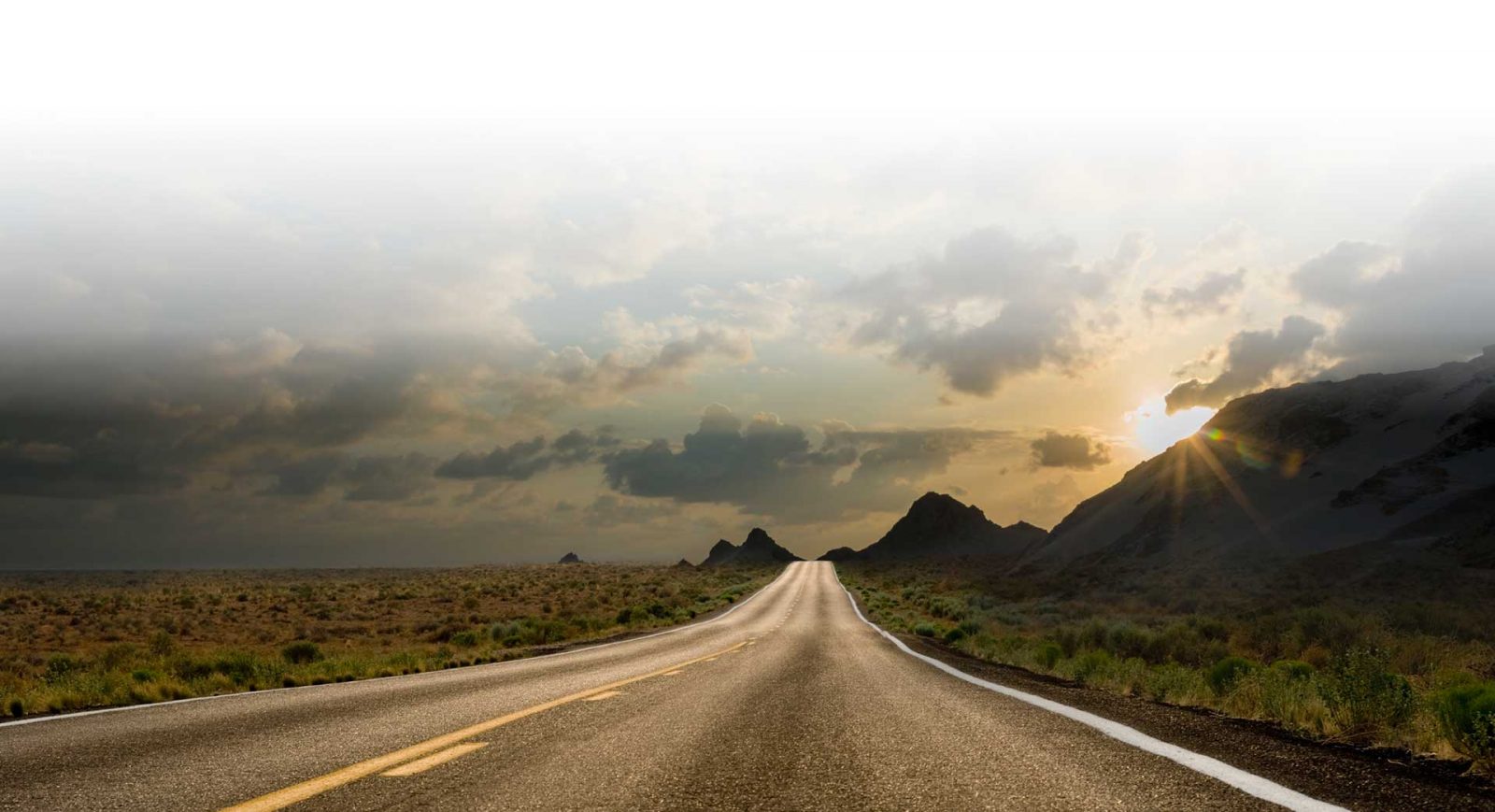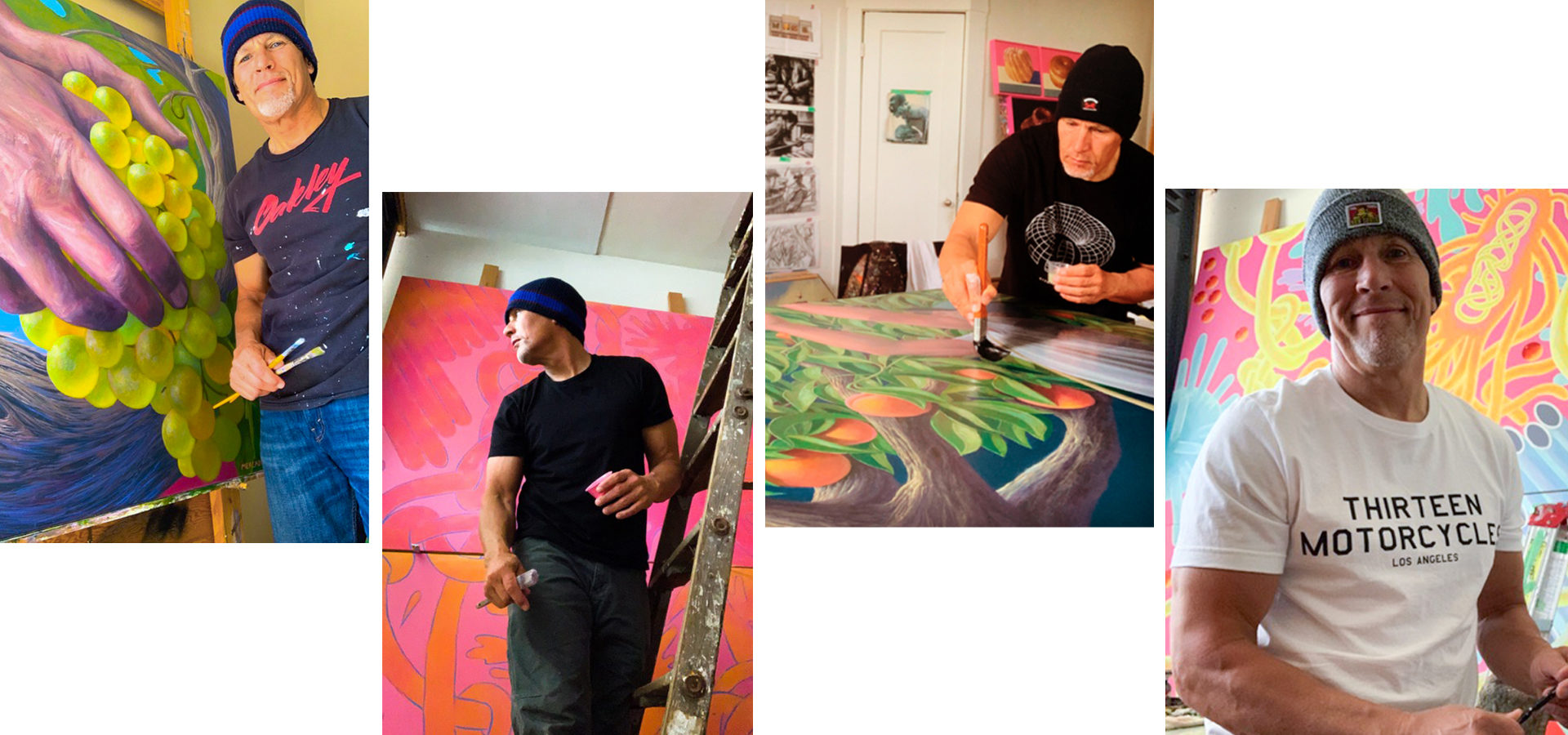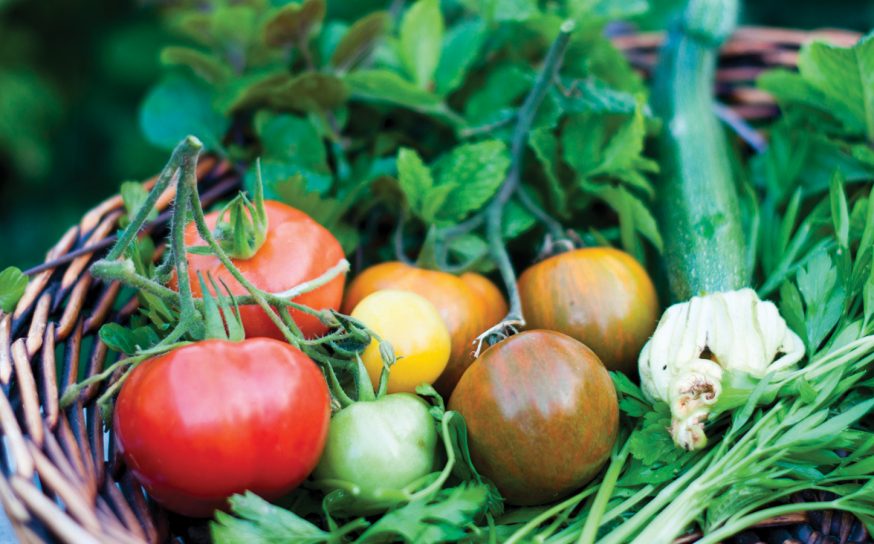San Francisco–Based Artist Jay Mercado Takes Still Life to the Next Level
Objects of affection.
-
CategoryVisual Art
-
Written byJennie Nunn
-
Photos byJay Mercado Studio
Jay Mercado could easily be classified as a master observer. The lauded San Francisco–based artist, whose work graces walls at restaurants including The Matheson in Healdsburg and Copita Tequileria y Comida in Sausalito, notices the art and nuances in banal objects. His subjects for his still life paintings span soft creases and folds in table linens; perfectly rounded edges of bulbous, cherry red Jello molds; the organic arrangement of seeds inside papayas; demarcations on a bunch of banana peels; intricate red stitching on broken-in baseballs; and wrinkles on sun-weathered, hard-working hands of field workers. He’s also carefully studied doughnuts of all shapes and sizes. “My favorite is the chocolate old-fashioned because it looks like an alien spaceship and can easily be broken apart slowly and eaten with a coffee,” explains Jay. “Also, they are fun to paint.”

The fine artist, who carries his sketchbook in his backpack and sketches daily, initially didn’t have any intention of becoming an artist. “I was always surrounded by art growing up in San Francisco,” says Jay. “The city is like a museum in itself with the murals from the 1930s [the Beach Chalet murals were only two blocks from where I grew up], so just seeing that as something that exists kept me interested in art as a possibility.”
But, after venturing south for college and majoring in political science and English at UCLA, he decided to pursue a profession in media and advertising as an account executive. “I learned quite a bit and it gave me the opportunity to see a creative side of a business world that most people don’t get to see,” says Jay, who wore a coat and tie to the office. “The company was encouraging us to take classes at night to understand the creative process, so I took full advantage of that.” After work, Jay drove one hour north from the office to the Art Center College of Design in Pasadena and enrolled in drawing classes taught by American artist Harry Carmean and painting classes from Richard Bunkall. “They are just phenomenal artists in their own right and great teachers, and that’s where I realized, ‘okay, I’m going to figure out how to make this happen,’ and it took me a few years, but eventually I quit,” explains Jay, who went back to school and was hired on by a few friends to do storyboards in the advertising world. “Then, it was a leap of faith after that.”

From there, Jay built his portfolio doing editorial illustration and frequently flew to New York to show his work. “I’d get gigs here and there, but the real turning point for me was when I got the opportunity to work for a mural studio in Santa Monica [owned by Robert Walker, a seasoned muralist from England], and that’s where I really felt like I got my education,” recalls Jay who was simultaneously working on his own paintings. “There’s no formula to being an artist, you have to find your own way. And I started realizing there’s many different avenues in which to show your work in the world, and that one was definitely a boost for me, and for there I started developing my work. It was very exciting.”
Initially, Jay focused on still life painting using oil and acrylic and experimented with different compositional motifs. But, staring at the fruit bowl on a dining table, he discovered something. “Suddenly, the light is coming through in such a way that just illuminates it, and you can’t help but think, ‘wow, this is gorgeous,’ and I wanted to reinvent the still life for myself,” shares Jay. “I didn’t want to just paint a bowl of cherries or pears, I wanted to find a new way to express it so it was fresh. So, as I’m playing with that, and I’m realizing it would be interesting to get closer to the source of where these things come from and get into the field, and into the orchards and the vineyards, and here I am with that opportunity right in my doorstep essentially. Not far down the coast from me in Davenport there’s strawberry fields. Not far down the highway to the south, I’m suddenly in Watsonville, or to the north, the Alexander Valley. And there’s so much as my disposal.”
So, Jay took it upon himself to see the field workers up-close and by default created a new subject focus. “I’d get their early and saw the kind of intense labor that occurred all day long,” says Jay of the field workers comprised of men and women of all ages. “My grandfathers on both sides of my family were farmers, and so it’s in my DNA, but I respect the process and the hard work and the commitment that it takes. I could never give it enough, and it’s timeless, and it fascinates me to no end, so I just try to honor the integrity and make people look at it with the kind of respect that I think that it warrants.”

Through his work painting, a major fixation became the hands. “When you get up close, those hands are like portraits of hard labor, and they’ve sculpted themselves over time,” explains Jay. “It’s about the labor, the movement, about the dance, and about the grace of what they are doing. I don’t want to romanticize the subject, and that’s my struggle to be authentic and that’s a challenge. I feel like I can never give it enough, but I keep trying. And I will continue to keep trying. It’s something that will never get old for me as a subject.”Jay, who recently closed his longtime San Francisco studio to explore other options (it’s now occupied by artist Nora Bruhn), is busy working on new sketches for paintings including new still life compositions, fresh harvest farm worker designs, and a playful combination of both. “I have my sketchbook with me at all times,” he says. “It’s in that work that a certain type of magic starts to surface.”
Harvest Produce Tips from Amerlia Saltsman and Michael Fiorelli
It’s difficult to catch the subtle changes of season in a place like Southern California, where local farmers markets offer a colorful array of amazing bounty month after month after month. So we asked local foodie experts to share some ideas and recipes that celebrate September in the Southland.
Get the Latest Stories







